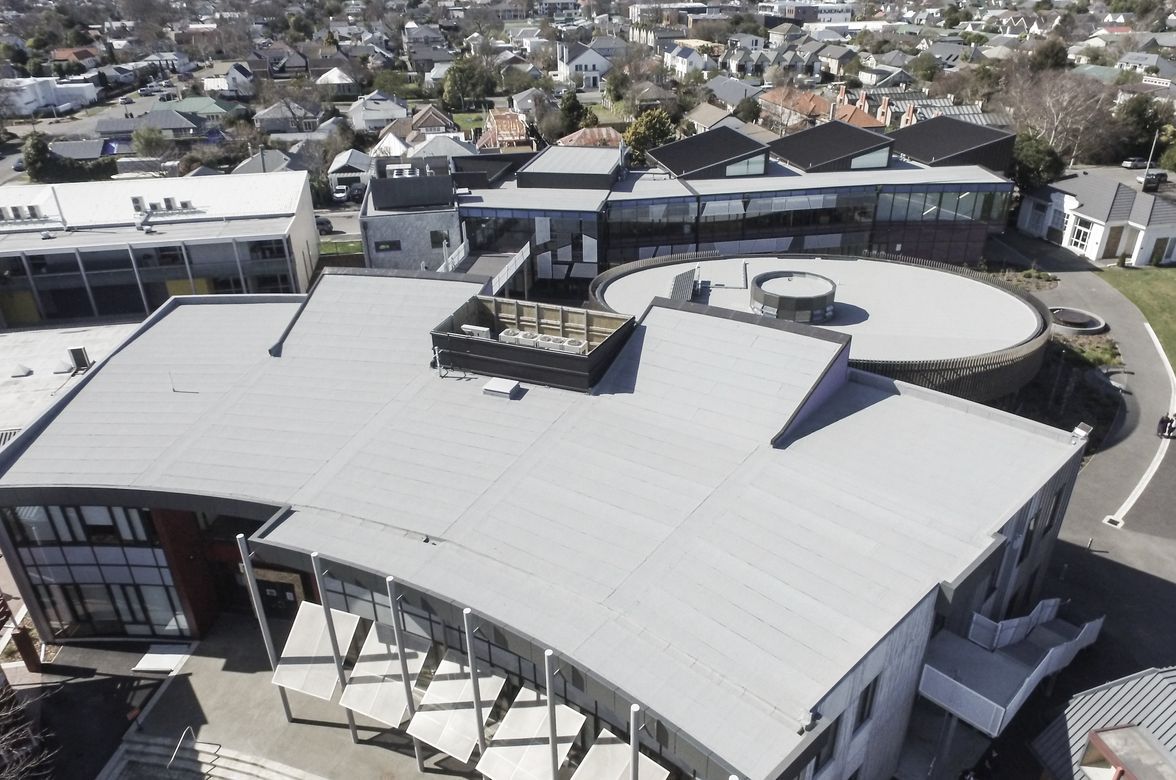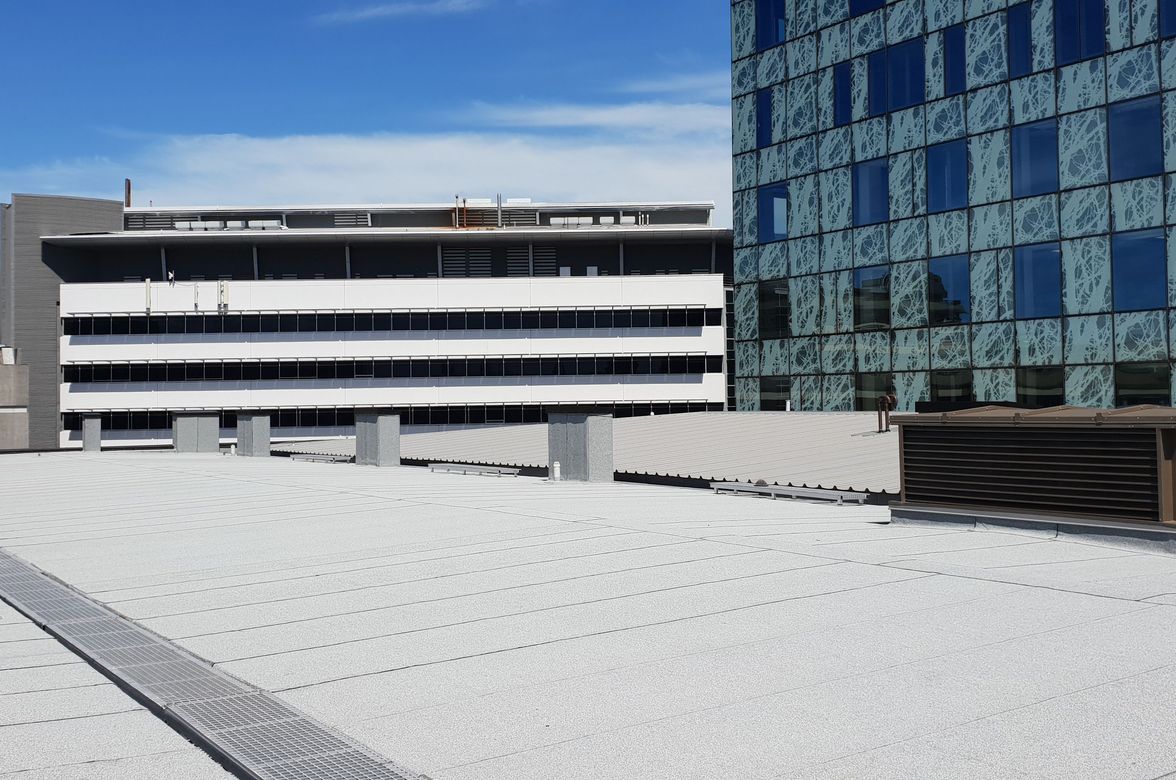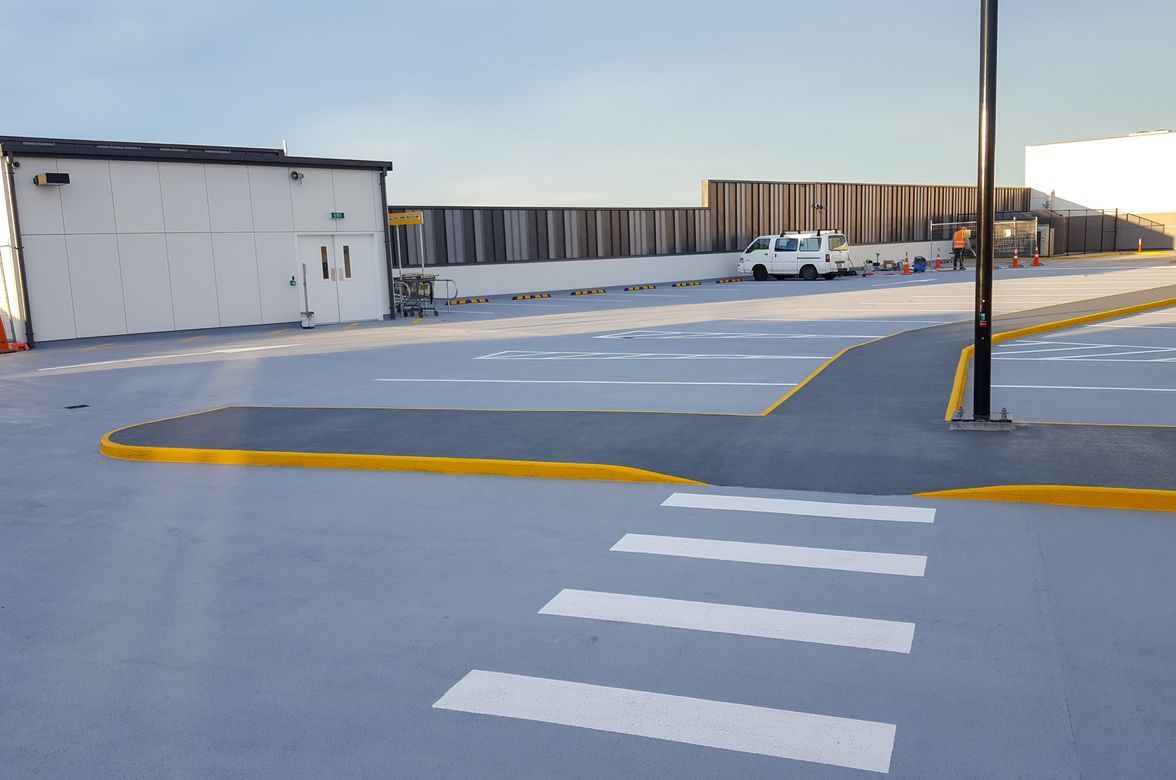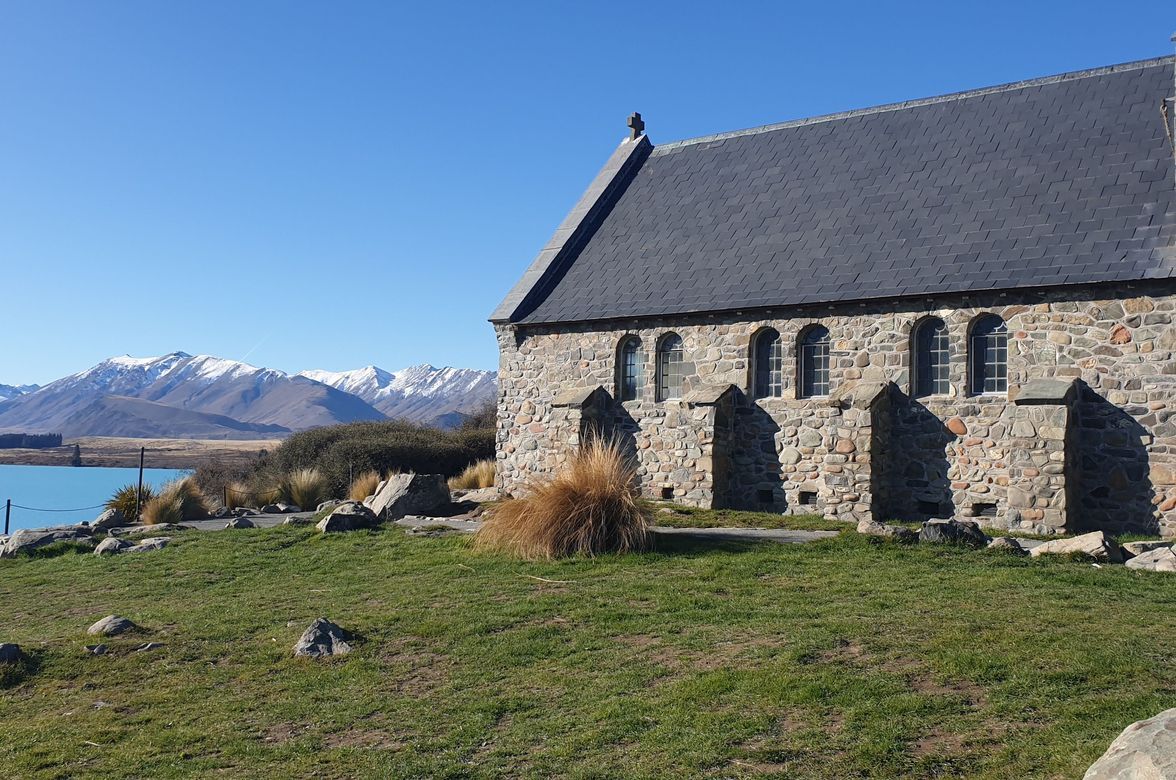About
UC Rutherford Science Hub.
ArchiPro Project Summary - The University of Canterbury's Rutherford Regional Science and Innovation Centre (RRSIC) features state-of-the-art facilities for multiple science disciplines, showcasing innovative design and sustainability through the Ernest Rutherford and Beatrice Tinsley buildings.
- Title:
- University of Canterbury RRSIC
- Manufacturers and Supplier:
- Equus Industries
- Category:
- Community/
- Educational
- Photographers:
- Lightforge Photography
Project Gallery
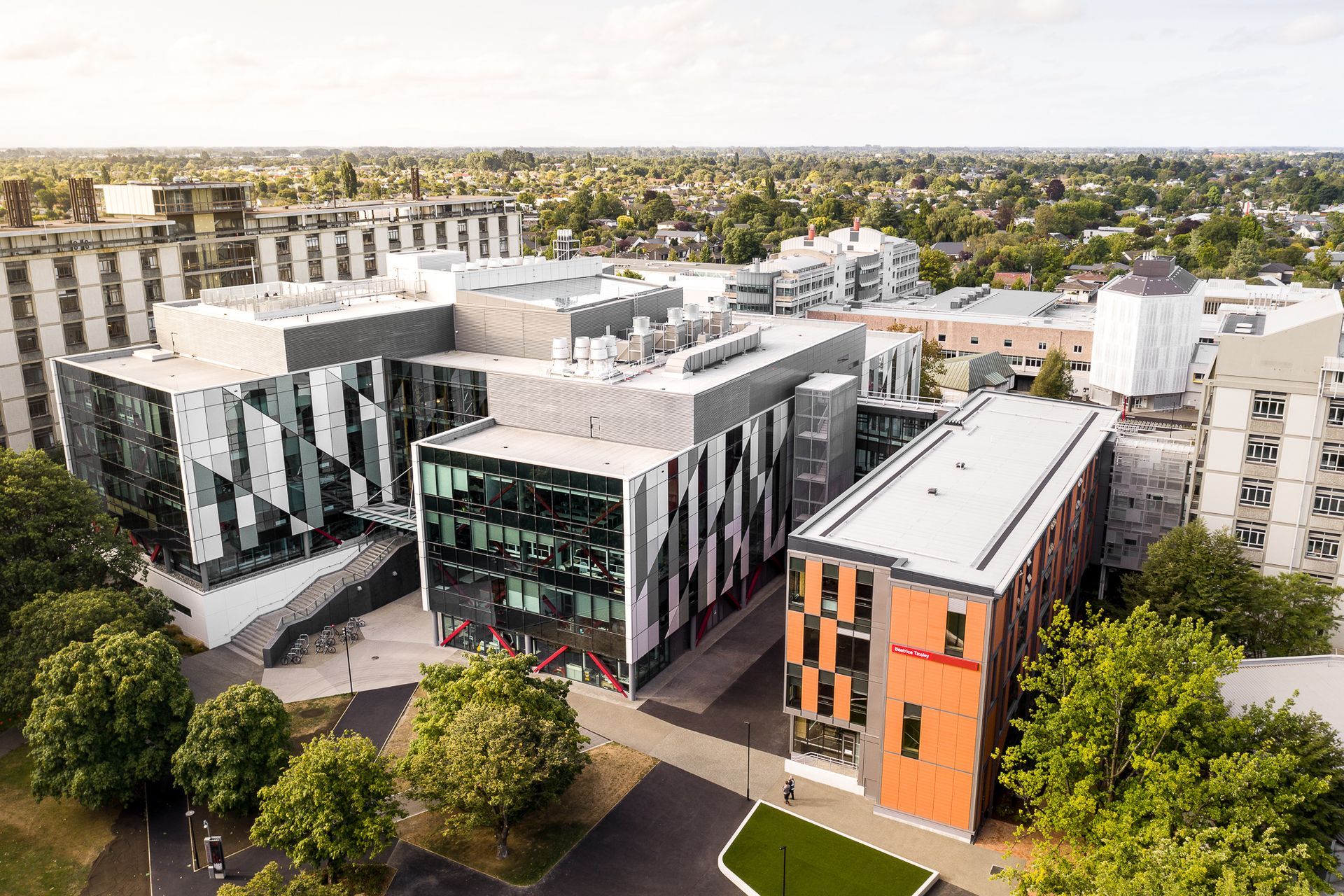

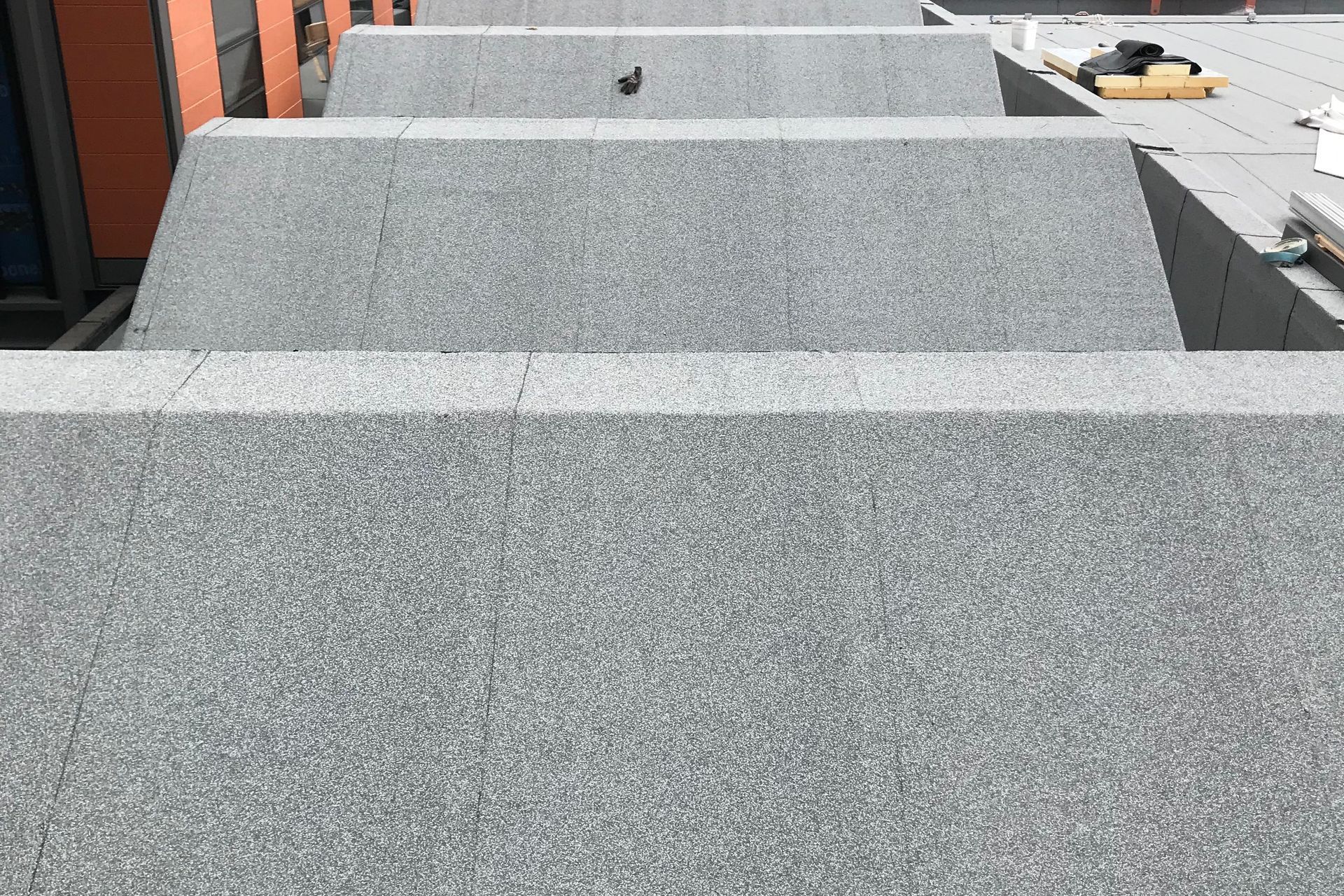

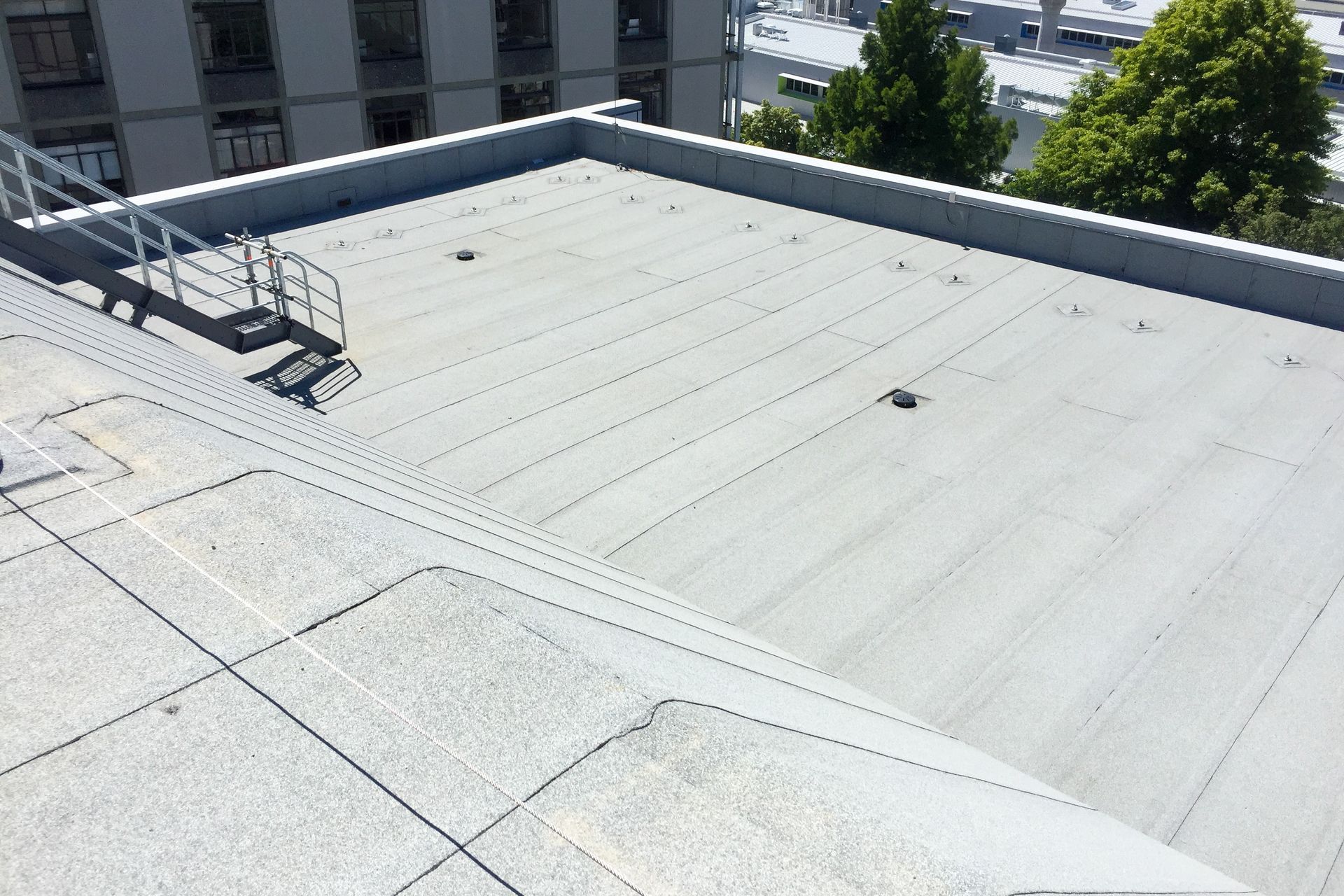

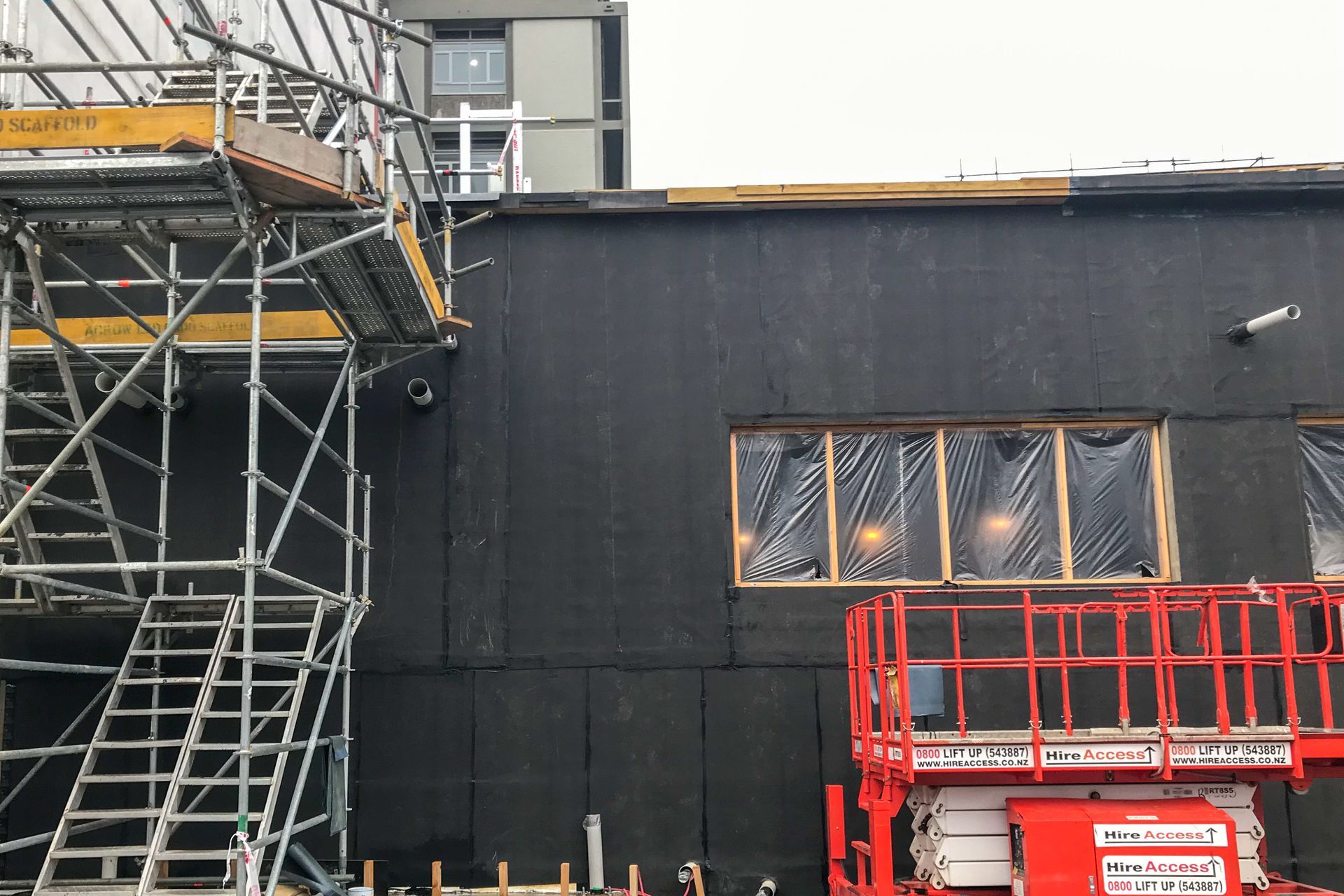
Views and Engagement
Products used
Professionals used

Equus Industries. Equus Industries Limited is a private limited liability Company (#120201) incorporated in Blenheim New Zealand in 1982.
The company commenced business, immediately after formation, as a manufacturer of specialist coating systems for commercial buildings. This remains the main thrust of the operation to this day, with additional high quality complementary products introduced extending the range to encompass a full range of coating and waterproofing materials for all types of construction.
In addition to supplying the New Zealand market, Equus started exporting specialist lines from late 1983 to Australia, the South Pacific and South East Asia. More recently developing strong links with distributors in both Australia and South East Asia.
Since formation, growth has been steady and continuous at an average 15% annual compound rate. The company now has a multi-million dollar turnover and is respected as a supplier of qualityprotection materials to the construction industry.
Year Joined
2015
Established presence on ArchiPro.
Projects Listed
27
A portfolio of work to explore.
Responds within
18hr
Typically replies within the stated time.

Equus Industries.
Profile
Projects
Contact
Project Portfolio
Other People also viewed
Why ArchiPro?
No more endless searching -
Everything you need, all in one place.Real projects, real experts -
Work with vetted architects, designers, and suppliers.Designed for New Zealand -
Projects, products, and professionals that meet local standards.From inspiration to reality -
Find your style and connect with the experts behind it.Start your Project
Start you project with a free account to unlock features designed to help you simplify your building project.
Learn MoreBecome a Pro
Showcase your business on ArchiPro and join industry leading brands showcasing their products and expertise.
Learn More




